This post may contain affiliate links. This just means I may receive a small commission at no extra cost to you for helping them promote their product or service. I don’t endorse any services I don’t personally use or recommend.
Every single website says you NEED to buy the Japan rail pass. They say it’s easier and saves you money. But it doesn’t always. And it’s really no easier than buying a ticket yourself- in fact, I’d argue it’s a little more complicated because you’re now limited to the JR routes covered by the pass. So I’m going to break it down for you. Should you or shouldn’t you buy a Japan Rail Pass?
Spoiler: I didn’t buy the Japan Rail Pass and saved myself money.
If you’re reading this blog post I’m under the assumption you know what the Japan Rail Pass is already and are now deciding whether or not to purchase one. So, let’s just right into it.
The cost of the Japan Rail Pass.
A Japan Rail Pass for two weeks is $370 per person. This might seem SUPER expensive but if you’re planning on traveling in many regions of Japan you’ll likely want to use the bullet trains a time or two to save yourself from long days. You can occasionally score deals on Klook (which I haven’t used but it seems legit based on the other travelers I met in Japan + South Korea).
You can also purchase a 7-day Japan Rail Pass or other regional passes. I’ll cover the regional passes further below.
The Japan Rail Pass covers all Shinkansen or bullet trains & JR lines within cities. But it does not cover buses, other metro lines, subway & train lines within cities. This means your pass won’t cover everything, just the long hauls between major cities.
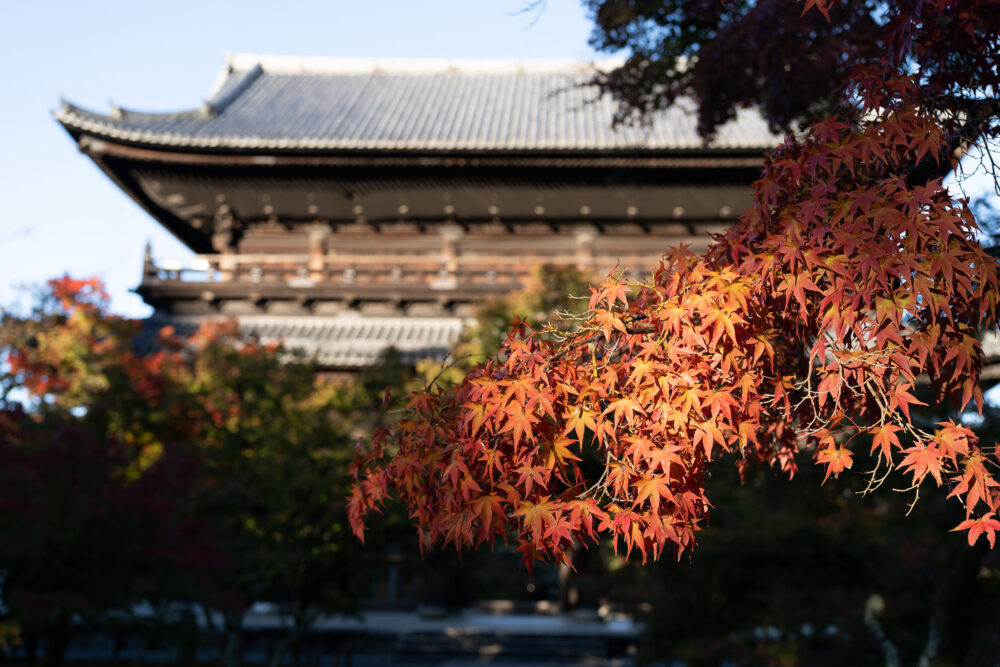
Where I went & what it cost me.
I flew into Fukuoka and from there visited Hiroshima, Osaka, Nara, Kyoto, Magome, Tokyo, Hakone, and Mt Fuji before returning to Tokyo to fly out.
Getting from Kyoto to Magome is only possible via bus which means it is not covered by the pass. Reaching Mt Fuji from Hakone is also not covered by the Pass (another bus). I will exclude the cost of these destinations because you have to purchase them separately whether you have the Japan Rail Pass or not.
Traveling between all the other cities cost me $274.50 total per person. Here’s a quick breakdown of each leg of my journey.
- Fukuoka to Hiroshima (Bullet) $61.50
- Hiroshima to Osaka (Bullet) $71
- Osaka to Nara (JR Line) $4
- Nara to Kyoto (JR Line) $4
- Kyoto to Tokyo (Bullet -I took this in two sections because of Magome) $37 + $75
- Tokyo to Hakone (Bullet) $22
The Japan Rail Pass would have cost $370 per person. This is nearly $100 in savings per person.
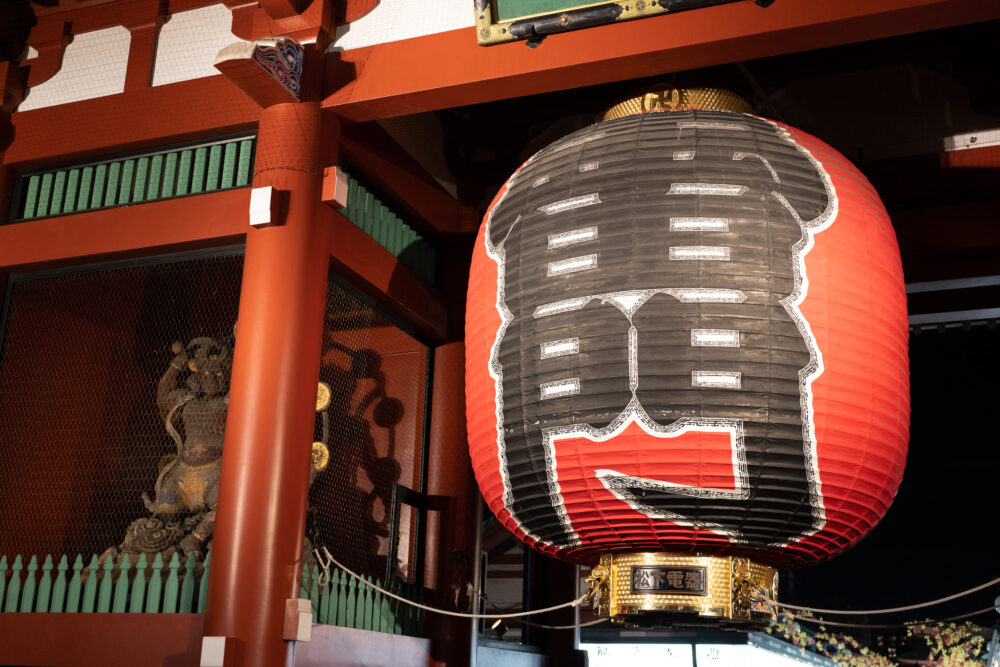
Benefits of not buying the Japan Rail Pass.
Obviously, saving money is a big benefit but it’s not the only one. Not having the pass allowed me to choose ANY route that fit my schedule on a whim. We essentially would just show up at the station and buy the next ticket.
We also saved by choosing unreserved seats on the bullet trains. I wrote a whole blog post all about how to save money in Japan. Be sure to check it out.
We never had to wait more than 5 minutes for the bullet trains or metro.
We bought all our tickets either at the counter with a short wait or at a kiosk. The kiosks only take cash but they all have English-speaking options. I recommend booking the more expensive bullet tickets at the counter and the rest through the kiosks.
We weren’t confined to 2 weeks. We stayed in Japan for 3 weeks so the pass wouldn’t really have made a lot of sense for us or we would have had to time it carefully. Most Japan Rail passes work for a number of consecutive days.
We had the option to take buses which is WAY cheaper even if it is more time-consuming.
Google Maps is very accurate with both the times and prices of different routes so you can select the cheapest options very easily when not constrained to the JR pass.
Who SHOULD consider a Japan Rail Pass?
All that being said, there are some times when the JR Pass is going to save you lots of money. For example, if your itinerary has you entering AND leaving out of Tokyo you’ll have to make some really long journeys on the Shinkansen bullet trains which cost a lot. Even if you just wanted to visit the same destinations I did, you’ll want the JR rail if you start and end in Tokyo.
Another reason to get the pass is if you plan to also visit the northern reaches of the country (in that short time frame). Even just one more long haul than our itinerary would probably put you very close to the $370 per person price.
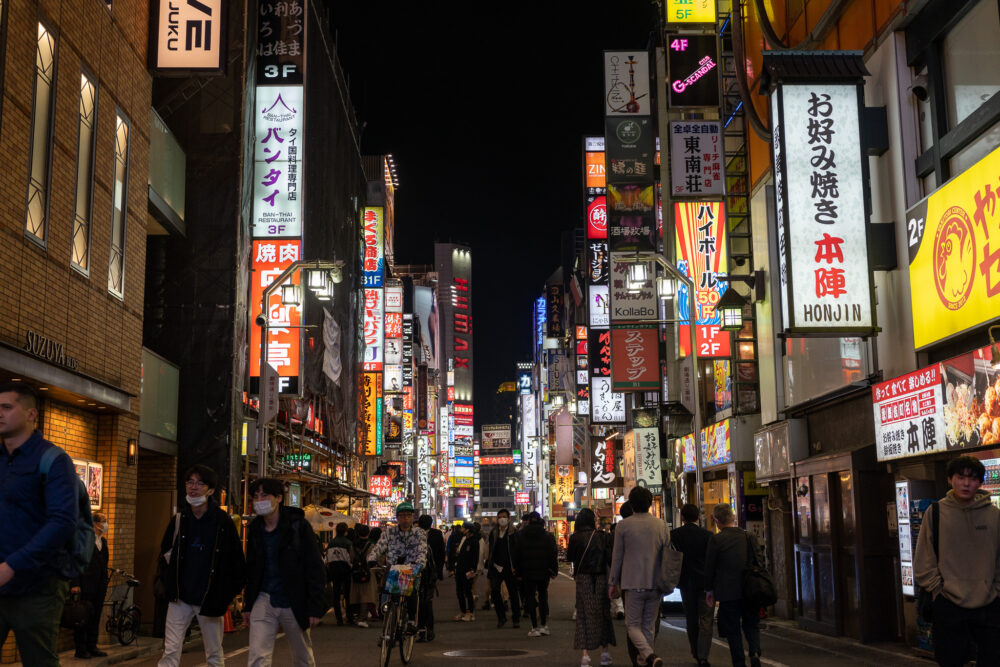
Other Japan Rail Passes worth considering.
You’ll notice on the website that there are several other passes for sale. I think these are generally a better deal than the JR Pass.
I suggest planning your itinerary completely. Check the prices for each leg of your journey on Google maps. And then compare them to the cost of the pass. The passes we looked at (but ended up ultimately skipping) were
- Hakone Region Pass
- Tokyo Pass
- Tokyo daily metro pass for 800 yen per person. This one you purchase at the metro station on the day of use.

This last one is good if you plan to ride the metro a lot in one day or your hotel is far outside the city. We rode the metro 4-6 times per day and didn’t pay more than 800 yen per person.
I hope this clears it up for all you budget-savvy travelers. The JR Pass can be a great option for those who want to see a lot in a very short amount of time, but for most, you’ll actually save money by buying tickets individually.
Save this Post for Later!

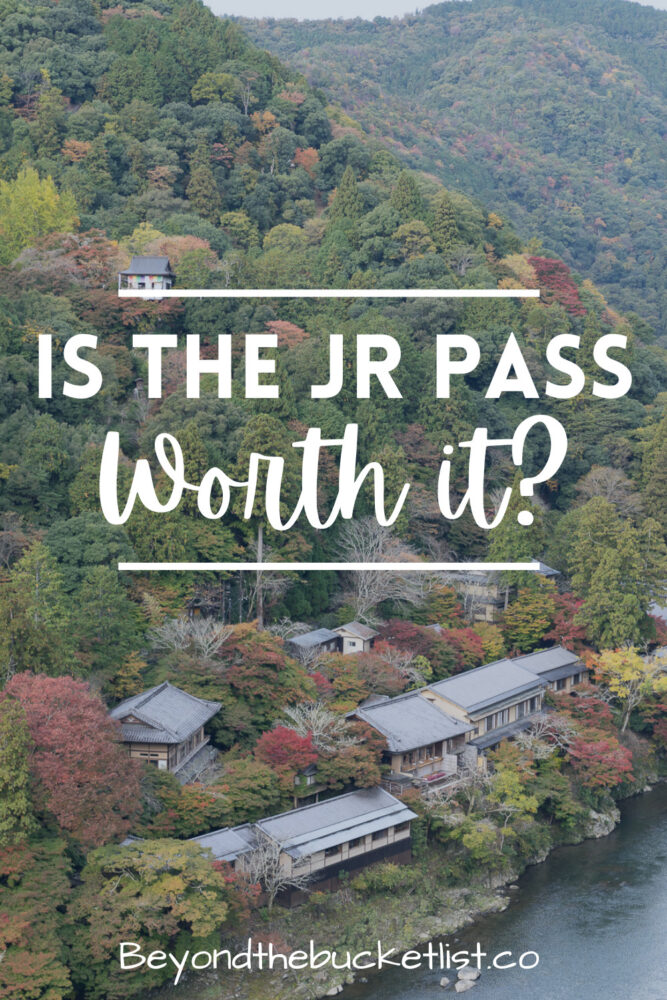
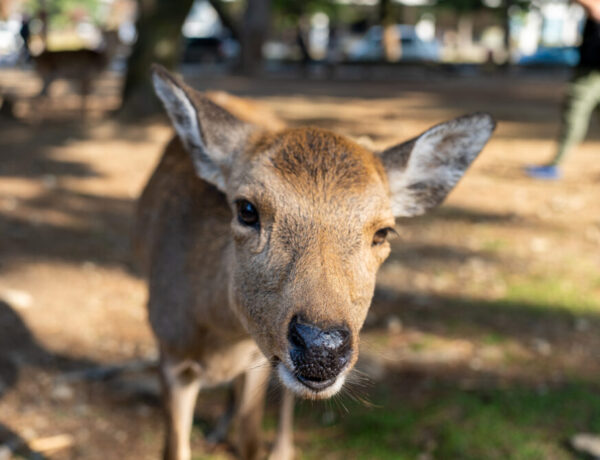




No Comments